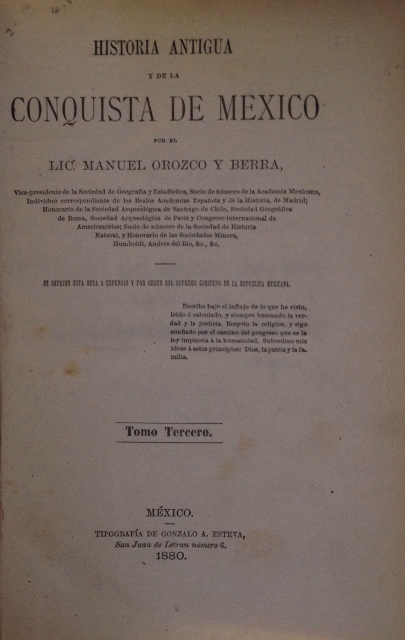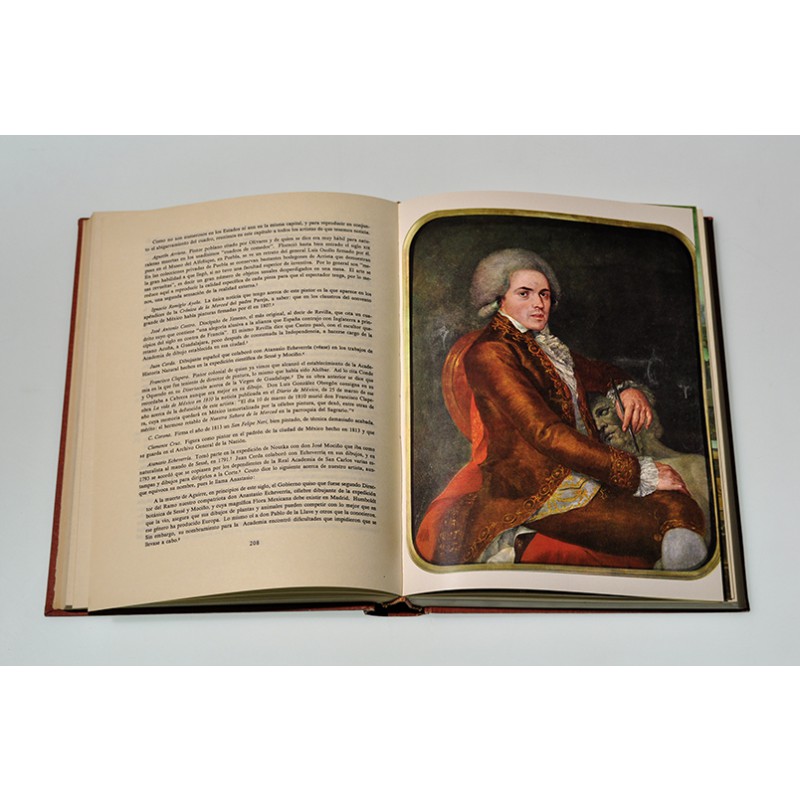
Costa Mesa, California.īerendsen, Anne 1967 Tiles, a General History. Pacific Coast Archæological Society Occasional Paper, No. May 1972 Mexican Majolica in Northern New Spain. Pennsylvania Museum, Philadelphia.īarnes, Mark 1971 Majolica from Excavations at San Xavier del Bac, 1968–1969. Mexico.īarber, Edwin Atlee 1908 The Maiolica of Mexico. Colegio de Mexico, Mexico.Īrtes de México 1966 Puebla. Madrid.Īrcila Farias, Eduardo 1950 Comercio Entre Venezuela y México en los Siglos XVI y XVII. Historia Universal del arte Hispánico, Ceramica u Vidrio, Vol. As yet no archæological evidence has been found in Peru for a locally made, high quality hollow ware, although maiolica tilers are well documented from the late 16th century.Īinaud de Lasarte, Juan 1952 Ars Hispániae. In late colonial times a low level maiolica evolved in Peruvian Andean areas, probably made by Indians. Firing methods and style of decoration differed from northern examples.

Panama Viejo supported a modest but short-lived industry whose products went south along the west coast of South America. No Chinese ceramic influence is apparent. This maiolica was traded widely in the Caribbean and to all northern borderlands.Ī secondary industry in Guatemala apparently was based more directly upon Sevillian models. The first colonial maiolica industry developed in Mexico soon after the Conquest, at first imitating Spanish prototypes and later developing local styles which at various periods assimilated Spanish, Italian, and Chinese mannerisms.


The white ground wares of this Caribbean complex are believed to have originated in Sevilla the blue ground wares probably are of Genoese origin, with Spanish copies. One represents direct export from Spain to the New World and is found around the Caribbean basin in late 15th through 16th century horizons. Five complexes of maiolica are suggested as having been present in colonial Spanish America.


 0 kommentar(er)
0 kommentar(er)
